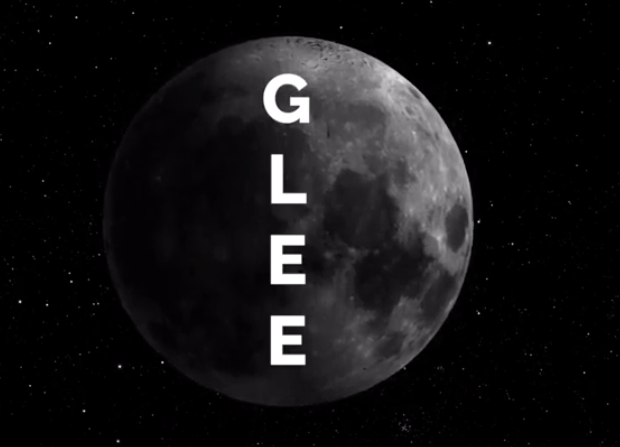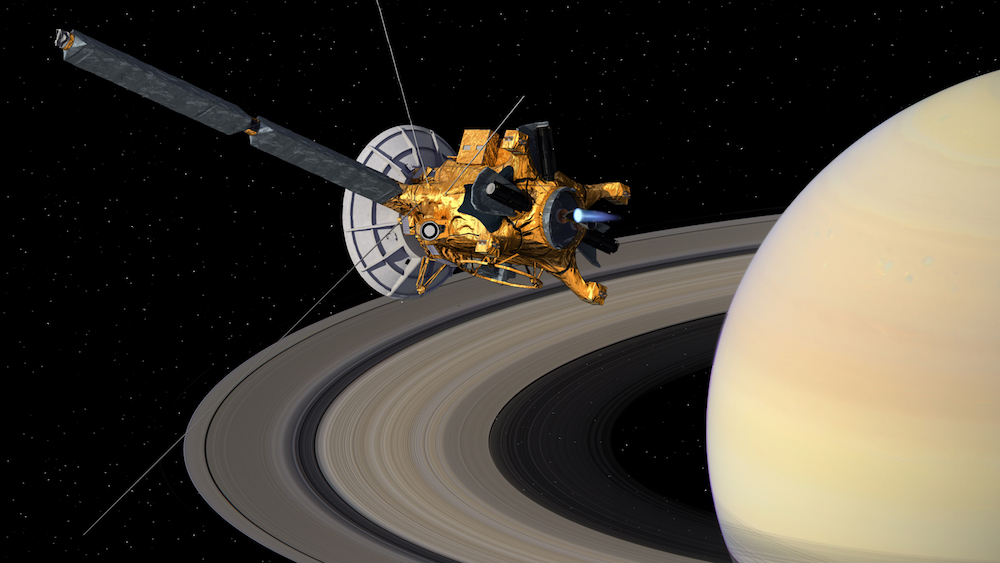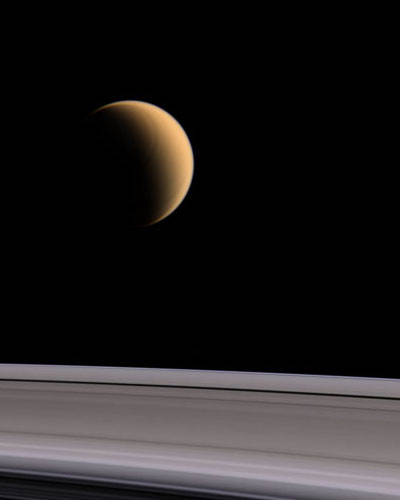 With graduation season upon us, today’s edition of How on Earth is Part 2 of our annual “Graduation Special”. Our guests in the studio today are scientists and engineers who recently received their Ph.D. from the University of Colorado in a STEM-related field. They talk about their thesis research, their grad school experiences, and what they have planned next.
With graduation season upon us, today’s edition of How on Earth is Part 2 of our annual “Graduation Special”. Our guests in the studio today are scientists and engineers who recently received their Ph.D. from the University of Colorado in a STEM-related field. They talk about their thesis research, their grad school experiences, and what they have planned next.
 Chloe Long – Aerospace Engineering
Chloe Long – Aerospace Engineering
Topic: Data-Driven Asteroid Tour Design

Amin Taziny – Aerospace Engineering
Topic: Multiscale Continuum-kinetic Modeling of Ionic Emission in Electrospray Thrusters
Margaret Perkoff – Computer Science and Cognitive Science
Topic: Bringing Everyone In: The Future of Collaboration with Conversational AI
You can listen to all past year Graduation Special episodes.
Host / Producer: Joel Parker
Listen to the show:
Podcast: Play in new window | Download (Duration: 27:24 — 37.6MB)
Subscribe: RSS






 GLEE (starts at 8:06) We just recently celebrated the 50th anniversary of the first Moon landing. After the Apollo missions, scientists
GLEE (starts at 8:06) We just recently celebrated the 50th anniversary of the first Moon landing. After the Apollo missions, scientists 
 In 2015, the New Horizons Spacecraft flew past Pluto. Because Pluto is so far away, it took nearly 10 years of travel for the spacecraft to reach that distant dwarf planet — and that was after a decade of work to get the spacecraft to the launch pad. Planetary scientists Alan Stern and David Grinspoon have written a new book, called: “Chasing New Horizons: Inside the Epic First Mission to Pluto”. The book tells the story of developing and operating the New Horizon mission.
In 2015, the New Horizons Spacecraft flew past Pluto. Because Pluto is so far away, it took nearly 10 years of travel for the spacecraft to reach that distant dwarf planet — and that was after a decade of work to get the spacecraft to the launch pad. Planetary scientists Alan Stern and David Grinspoon have written a new book, called: “Chasing New Horizons: Inside the Epic First Mission to Pluto”. The book tells the story of developing and operating the New Horizon mission.



 Here we provide the full interview by How on Earth’s Joel Parker of planetary scientists Dr. Alan Stern (
Here we provide the full interview by How on Earth’s Joel Parker of planetary scientists Dr. Alan Stern (
 For this end-of-the-year/start-of-the-year How on Earth show, we look back to 2017 with clips from some of our features from the past year: selections about tracking methane leaks,
For this end-of-the-year/start-of-the-year How on Earth show, we look back to 2017 with clips from some of our features from the past year: selections about tracking methane leaks, 
 The
The 


 Rosetta [feature starts at 5:27]
Rosetta [feature starts at 5:27]